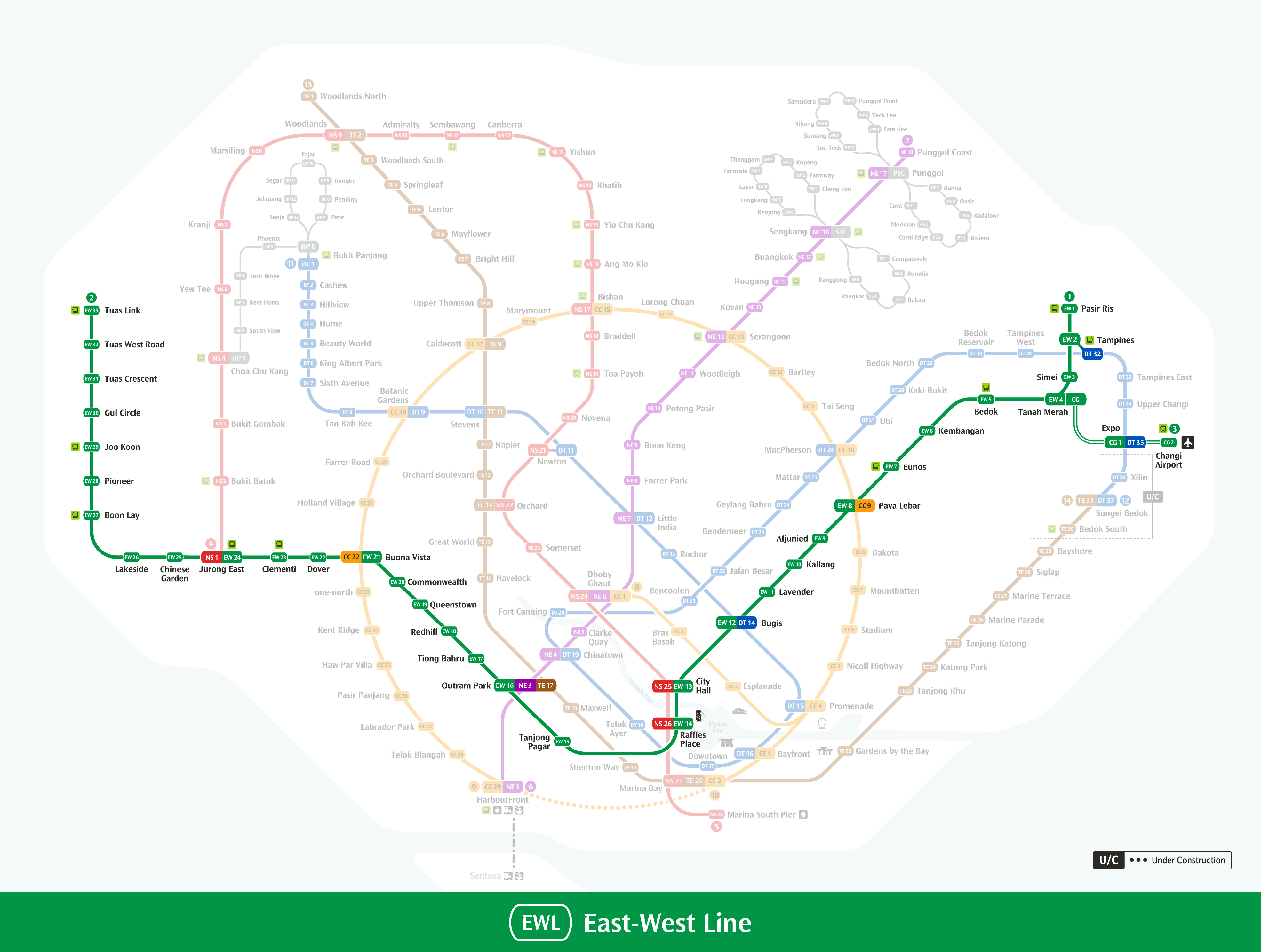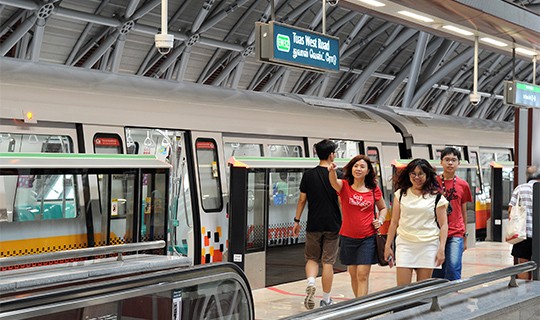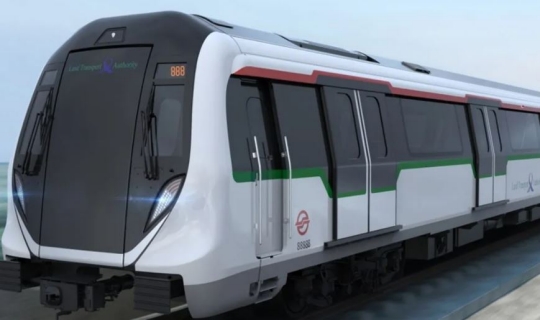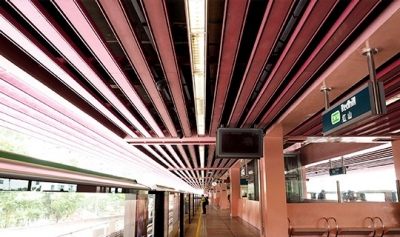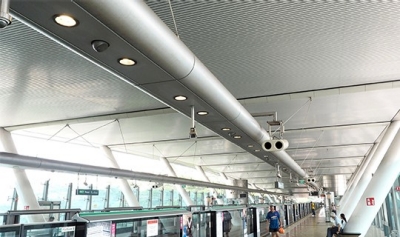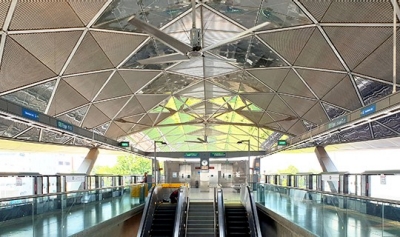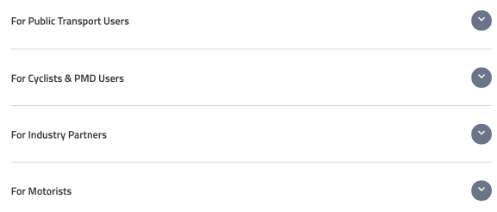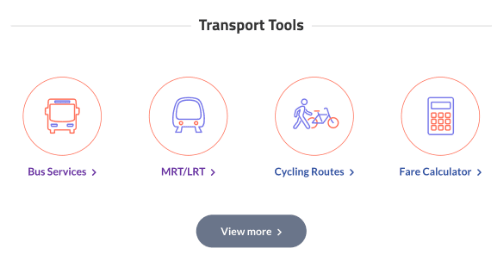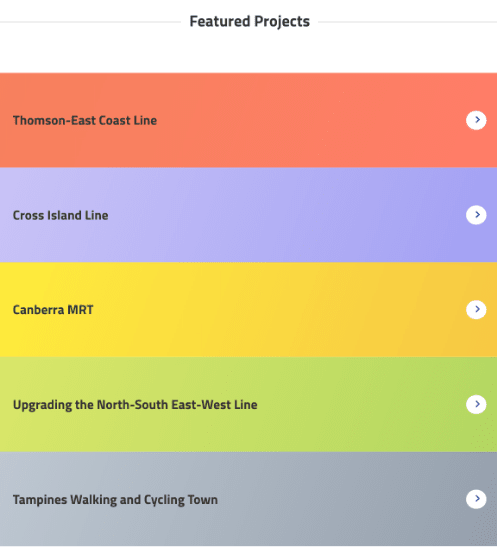East-West Line: East meets west and beyond
Crossing the island from Tuas Link to Pasir Ris, and measuring about 57km, the East-West Line (EWL) is the longest train line in operation in Singapore. It started as part of the North-South Line (NSL) and was expanded southwards towards Outram in 1987.
The ‘original’ line, ending at Boon Lay MRT station, was completed in 1990. Today, the line will take you from Changi Airport to recreational spots in Pasir Ris or towards the famous food enclaves of Geylang and Tiong Bahru. A few stops at major interchanges in the city fringe and Central Business District later, the line heads west through the ‘school district’ of polytechnics and universities at Dover and Clementi before it heads into the sprawling Jurong township and Tuas industrial estate.
In all, there are 35 stations on the EWL, with Jurong East MRT station being one of the busiest rail interchanges/terminal stations on the EW and NS Lines.




